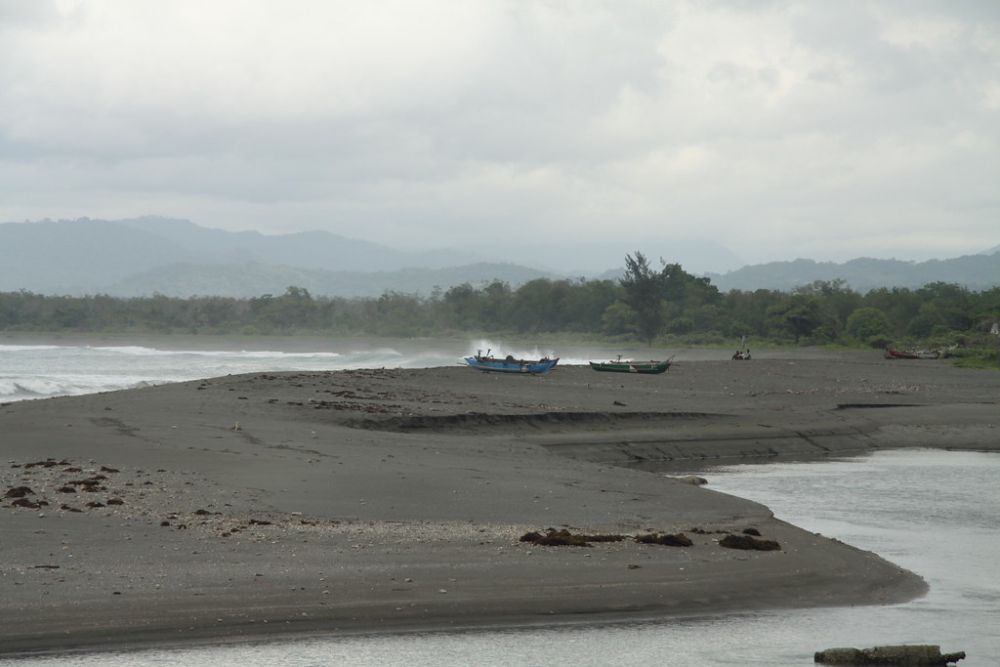

Located on the southern coast of the young nation of Timor-Leste (East Timor), Suai Beach offers an unspoiled charm that is only beginning to be discovered by travelers. This region, including the town of Suai, was historically less frequented by tourists due to various factors, including its past political instability and infrastructure challenges following Timor-Leste's independence from Indonesia in 2002.
The history of tourism in Suai, Timor-Leste, is very much intertwined with the country's tumultuous past. The area saw minimal tourism activity during the Indonesian occupation from 1975 to 1999 due to restricted access and conflicts. With the stabilizing presence of the United Nations and other international bodies post-independence, there was a gradual but limited increase in the number of visitors coming into the region, mainly for humanitarian and development work rather than leisure travel.
Timor-Leste, including Suai, began to slowly open its doors to tourism in the mid-2000s, focusing on its natural beauty, unexplored beaches, and rich cultural heritage to attract adventurous travelers. However, given the nascent stage of its tourism industry, facilities and services were initially basic and geared more towards backpackers or those interested in ecotourism and community-based tourism.
In the past decade, interest in Suai Beach has grown, complemented by the development of local infrastructure. The beach is known for its long stretches of dark sand and the serene Timor Sea. Visitors to Suai Beach can enjoy activities such as swimming, fishing, and exploring the local culture.
The establishment of the Suai-Covalima Culture Centre has also fostered cultural exchange and provided a means for tourists to engage deeper with the local community. This effort has showcased Timor-Leste's unique traditions, arts, and crafts, and played a significant role in driving sustainable tourism growth in the area.
With increasing global interest in off-the-beaten-path destinations, Suai is starting to see a rise in eco-conscious travelers. The latest tourism trends focus on sustainable practices, community involvement, and authentic experiences. Development projects aim to empower local communities by creating job opportunities through tourism while preserving the natural beauty and cultural integrity of the region.
Moreover, the Timor-Leste government is investing in tourism as part of its strategic development plan, making efforts to improve infrastructure such as roads and accommodation facilities while promoting responsible tourism that safeguards its pristine landscapes and rich biodiversity.
In conclusion, Suai Beach, as part of Timor-Leste's untapped tourism potential, is gradually transforming into a destination for those in search of tranquility, adventure, and cultural richness. As the world discovers this hidden gem, it is imperative to balance growth with sustainability to ensure that Suai retains its beauty for generations of travelers to come.